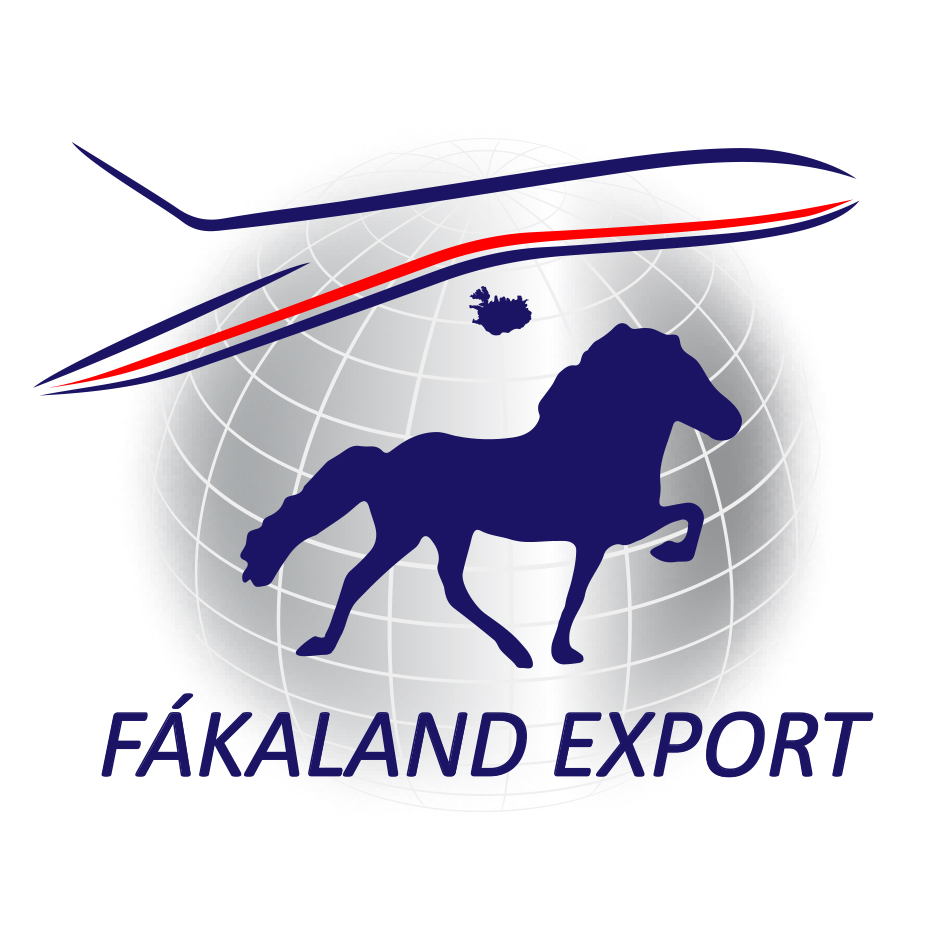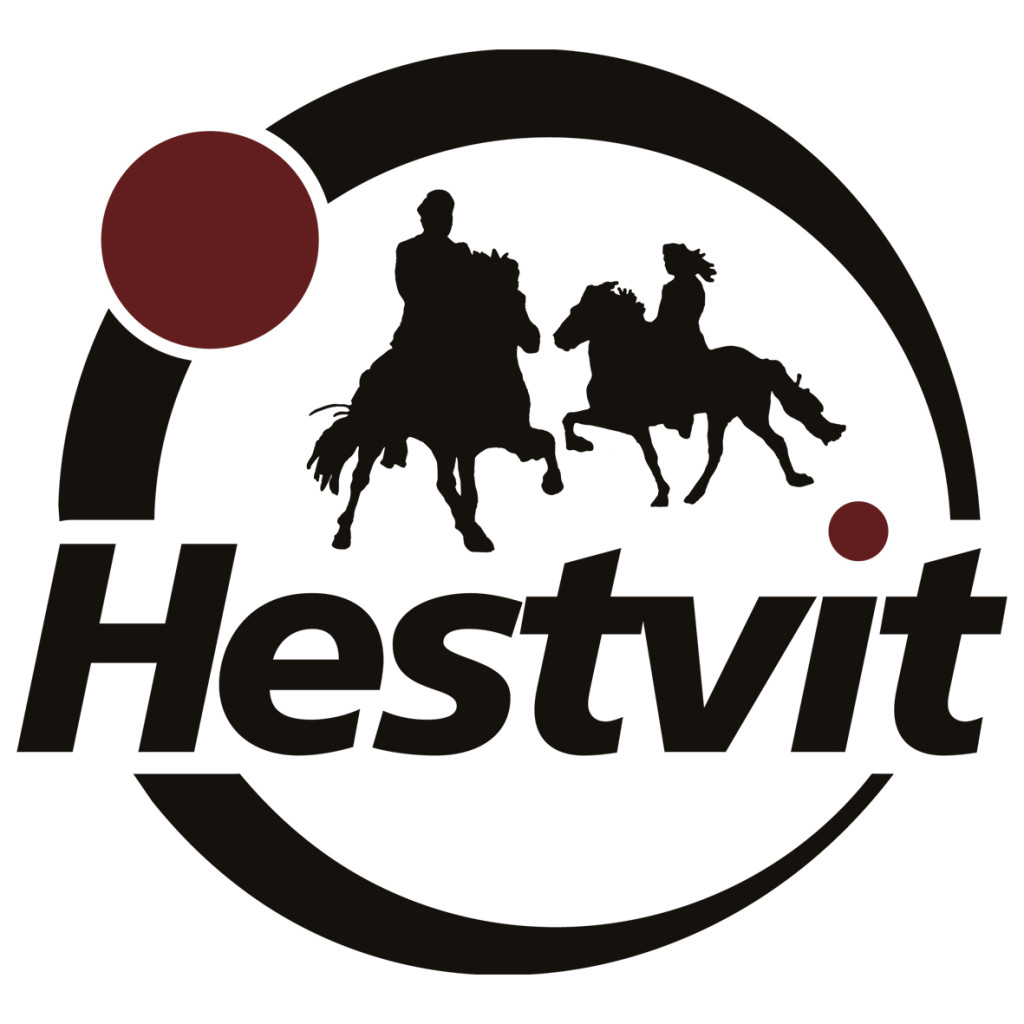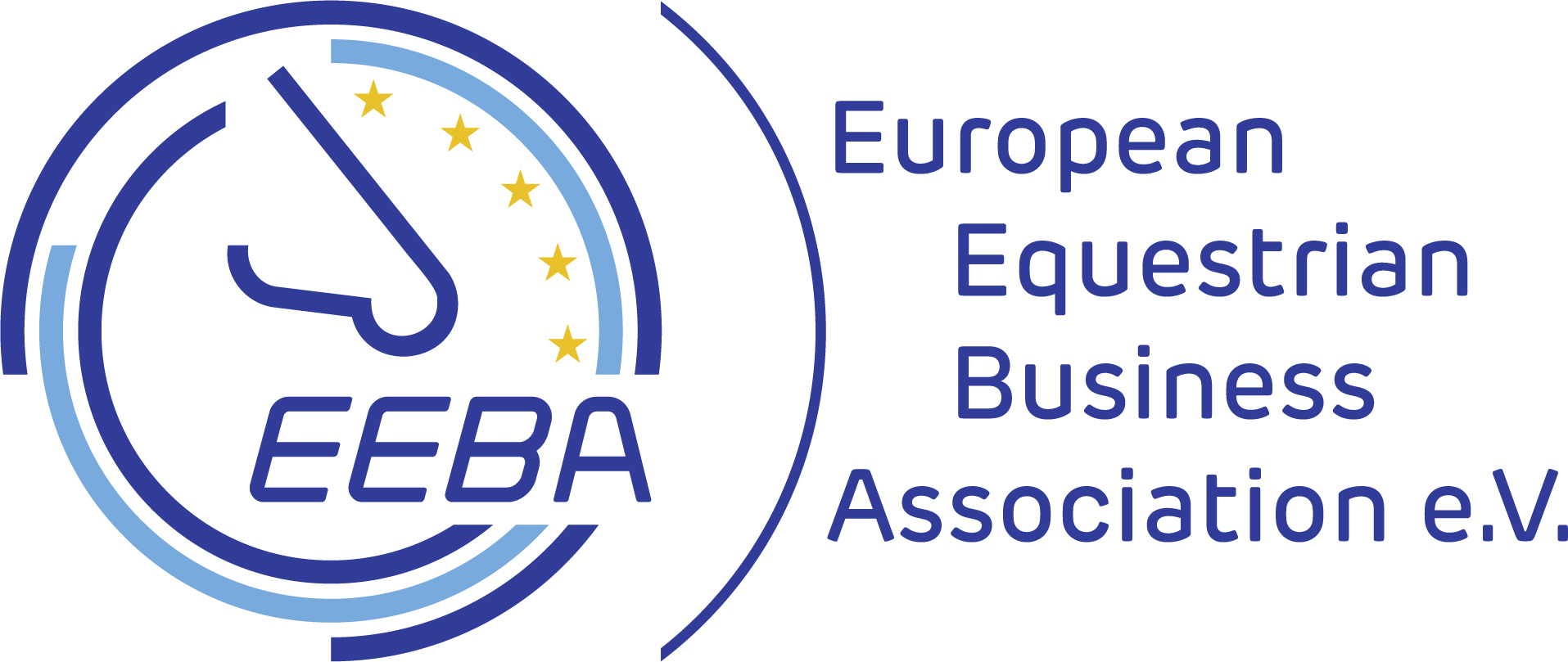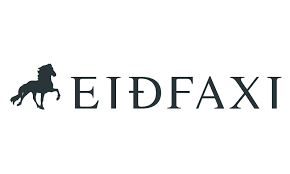“This is a course of study for those who plan to become professionals in horsemanship, as riding instructors, trainers and riders at competitions,” says Sveinn Ragnarsson, head of the Equine Science Department at Hólar. “It’s like studying pedagogy, to become a sports instructor or a teacher, but now you also have to acquire necessary knowledge about your subject: the horse, its cognition and anatomy.”
Hólar’s approach to equine studies is considered unique in the international Icelandic horse community and it is sought after. Out of approximately 60 students, one third comes from abroad. They must know the Icelandic language in addition to having advanced riding skills. It goes without saying that all of the students are passionate about the Icelandic horse. “They’re sensitive nerds,” Sveinn jokes.
In the university’s spacious stable, the school horses stand in their boxes, waiting for the next lesson. Most of them were born and bred at Hólar and have been tamed and trained by the university’s students and teachers since they were youngsters.
Below is the story of two of the around 40 horses used for teaching. The students have to get to know every horse they work with to improve as riders and trainers. And, as it often turns out, the horses are the best teachers. Riding instructor Þorsteinn Björnsson reports.

Króna frá Hólum
Bay mare Króna was born in 2007 and spent the first years of her life “in absolute bliss” outside with the herd in Hjaltadalur valley, as Þorsteinn describes it. In the autumn, after Króna turned one year old, she participated in a “pre-taming” course with second-year students. “It was three to five days to make her get used to being around humans: Cut hooves, pick up feet and wear a halter.” In the herd, the youngsters learn how to interact with other horses. “While growing up, they learn how to be horses. There’s little contact with people, just the guy on the tractor who feeds them,” says Þorsteinn.
The following autumn, the pre-taming continued, but at three, Króna was ready for a seven-to-eight week “basic taming” course, again with second-year students. “Then they are introduced to saddle and girth and prepared for shoeing. They are made ready for riding inside and outside,” Þorsteinn explains. The horses learn basic aids. Extensive training work takes place from the ground, leading the horses by hand and circling by rope. “Afterwards, the students take a test, ride the horses and make them gallop. The horses are to be able to demonstrate different gaits and be ridable.”
After a week-long break, Króna was upgraded to a “basic training” course with second-year students for another seven to eight weeks. “Then, training is taken to the next level, more detailed control of direction, and controlling the topline. They are introduced to parallel training and prepared for gaiting if necessary – if tölt doesn’t come naturally to the horse,” says Þorsteinn. “We try to spend as little time in the saddle as possible, yet long enough. It’s just a few minutes to begin with and then gradually longer sessions.” The horses are ridden inside and outside, on ice and in snow, depending on the weather. “They are ridden in diagonal gaits or a few steps in shoulder-in and formal agility training begins. The basis is teaching them the interplay of aids.”
The following autumn, Króna participated in a “training” course with second-year students. The first task was getting her into shape after the summer and then continue training aids, for about eight weeks. “She took part in such a course with two different students. The horse is evaluated at the beginning and end of a course. The progress, what improved and what was stagnant in regard to gaits, was ranked, both for the horse and student,” says Þorsteinn. “At this point, the mare was considerably well tamed, but she was still developing her system of communicating with us and we with her.”
In the New Year, Þorsteinn took over Króna’s training, and at six, she competed in her first tournament. “We went to the finals. It’s was an excellent debut. She did very well, was positive and expressed will to go forward.” Þorsteinn continued training Króna until the summer break. In the autumn, he emphasised longer rides to increase her stamina and strength.”
From then on, Króna was prepared to serve as a school horse for first-year students. At six she participated in her first “basic riding” course. “Then the focus is on the rider; the rider is learning how to control a horse which may know more than he or she,” Þorsteinn explains. In between, Þorsteinn continued with Króna’s training and entered further competitions, where they proved successful in gæðingafimi, among other disciplines. Today still, Króna works as a school horse.

Bokki frá Hólum
Bokki, a palomino gelding born in 1995, is the oldest of Hólar’s school horses. He went through the same taming and training process as Króna, and currently serves a very diverse role as a school horse. “Bokki is a champ. It doesn’t matter who the rider is, whether it’s my daughter who was four when she first rode him, or professionals. He does what he is asked to do,” says Þorsteinn. “The university’s riding instructors have competed on him, including Þórarinn Eymundsson, and he was trained by Eyjólfur Ísólfsson [one of the world’s leading experts in horsemanship for Icelandic horses]. He has been used by students in pace competitions. He is now 23 years old and in perfect condition.” Þorsteinn estimates that about 300 students have ridden Bokki since he became a school horse, at seven or eight. “Often, the horses are very aware of what is expected of them. They adapt to the circumstances,” says Þorsteinn. “I strongly believe that Bokki enjoys [being a school horse], otherwise, he wouldn’t make such an effort still, having performed the same tasks for 15 years or so.”
A typical day for Bokki and other school horses is something like this: They are fed at 7 am and the first class start at 8 am. It could be basic riding, pacing or a beginner’s riding course where Hólar students teach children from surrounding elementary schools how to ride. In riding classes, they often go outside, up to the forest or down to the river. The students learn how to use the landscape for training. At noon, the horses are fed again, around 11:30 am, and afterwards they are released to a pen outside the stable for some fresh air and relaxation. Sometimes, there’s another riding class at 5 pm, usually leading or pacing. In the evening, the horses are fed between 6 and 7 pm and at 10 pm it’s lights out in the stable.
According to Þorsteinn, the school horses usually stay in good shape for a long time but eventually they “retire” to make room for younger horses. “When we stop using them they spend their remaining days outside with the herd where they help raise the youngsters. But mainly they eat and enjoy themselves.”
Text: Eygló Svala Arnarsdóttir

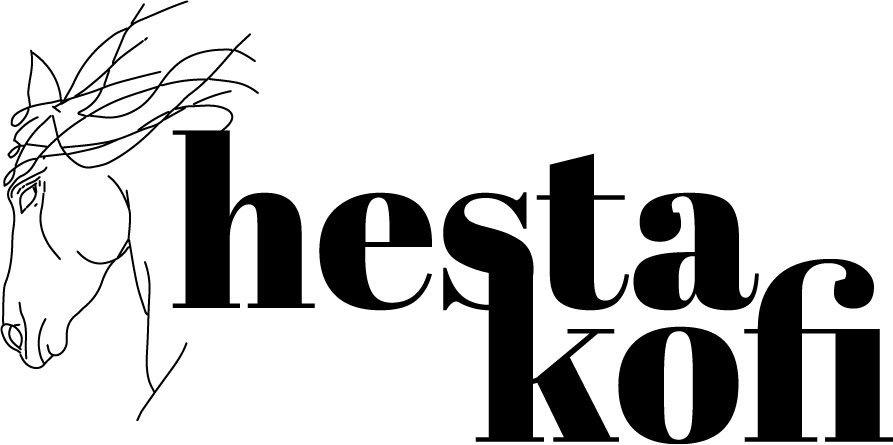
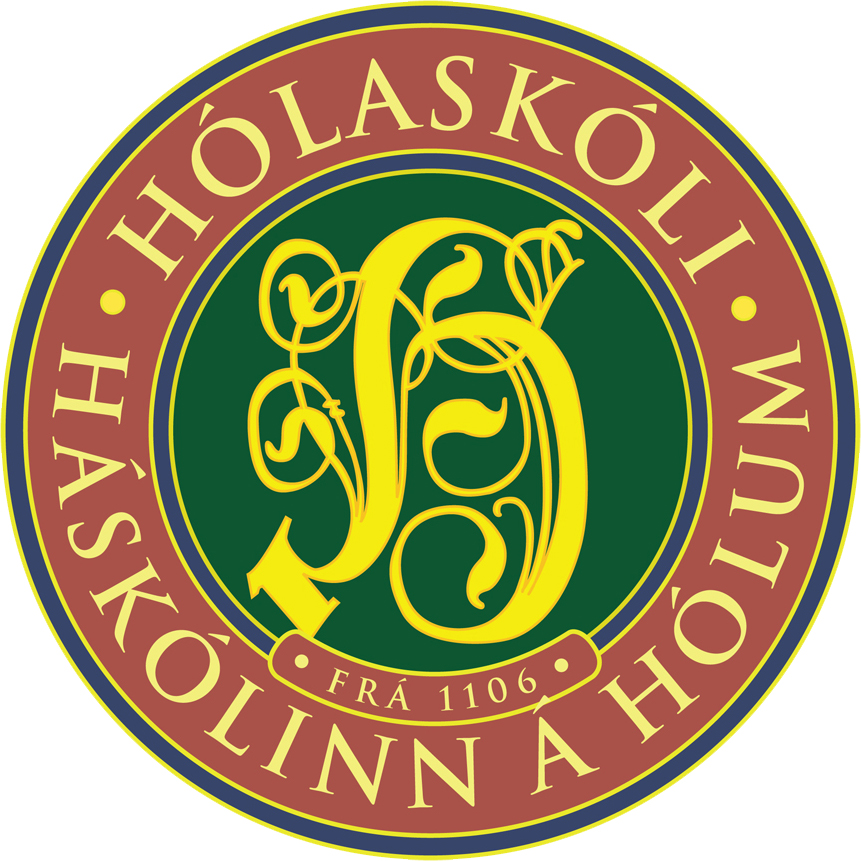
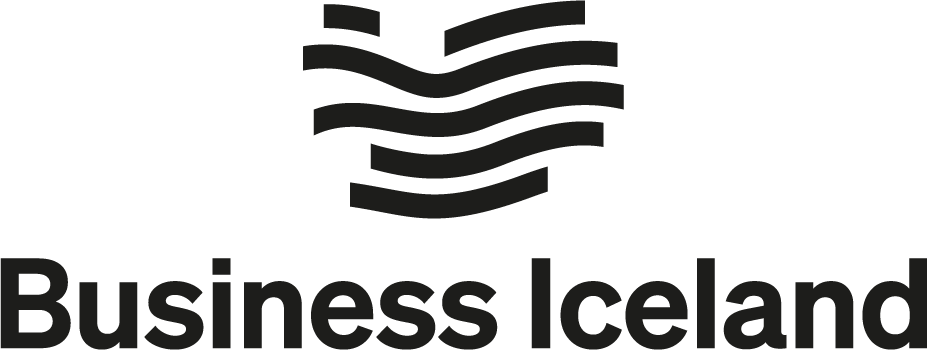


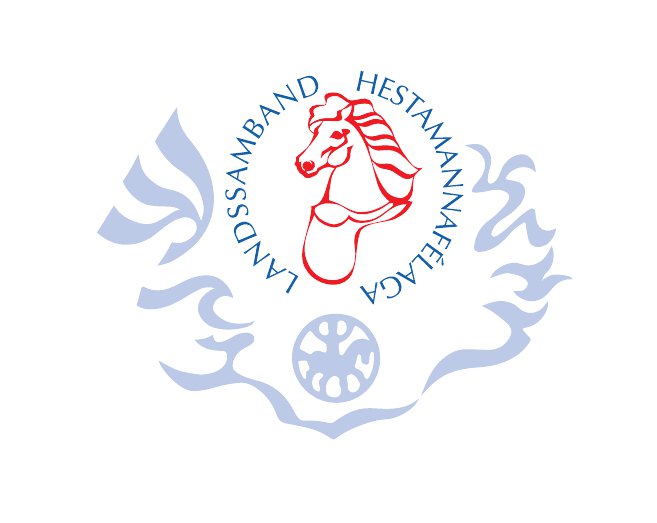

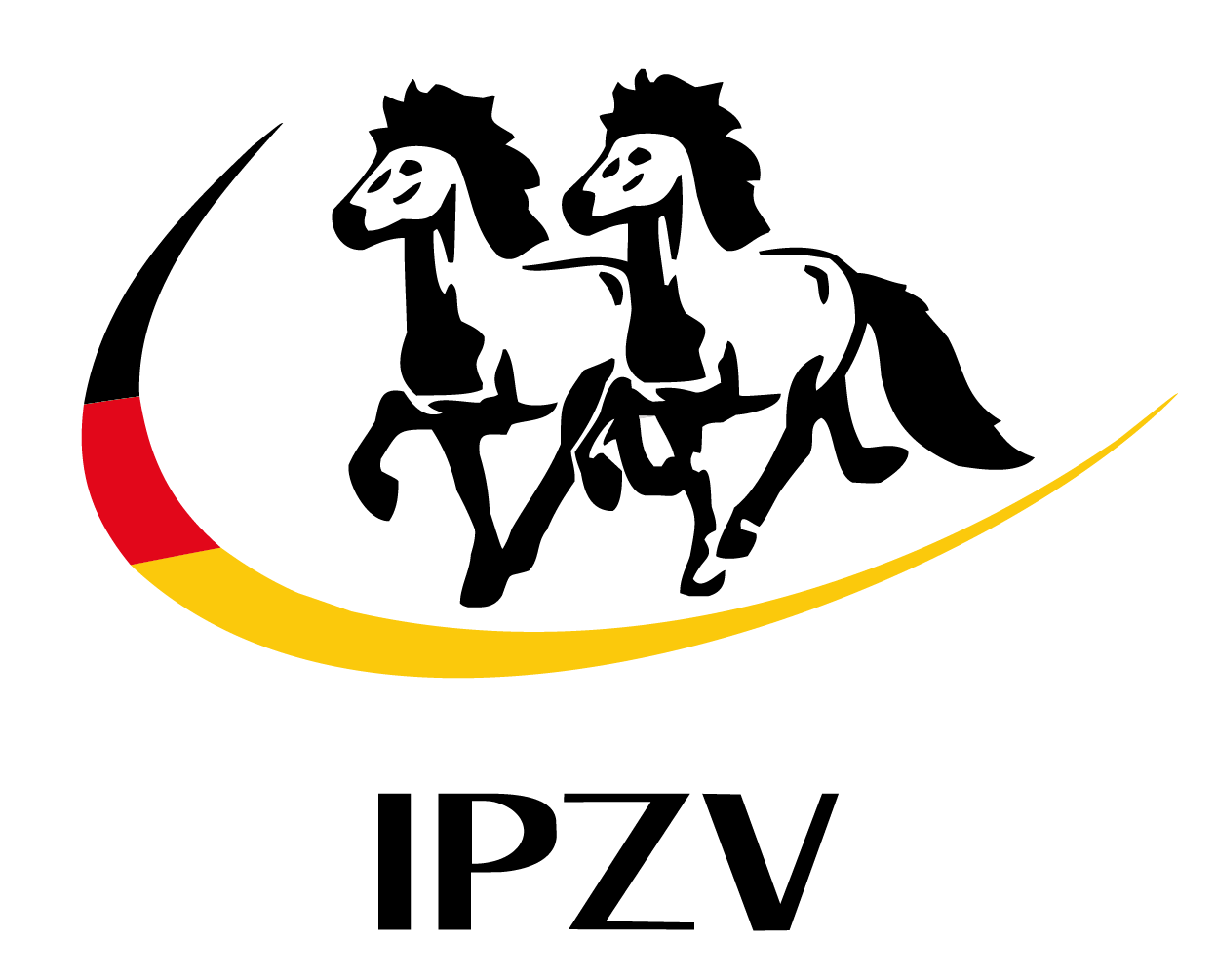

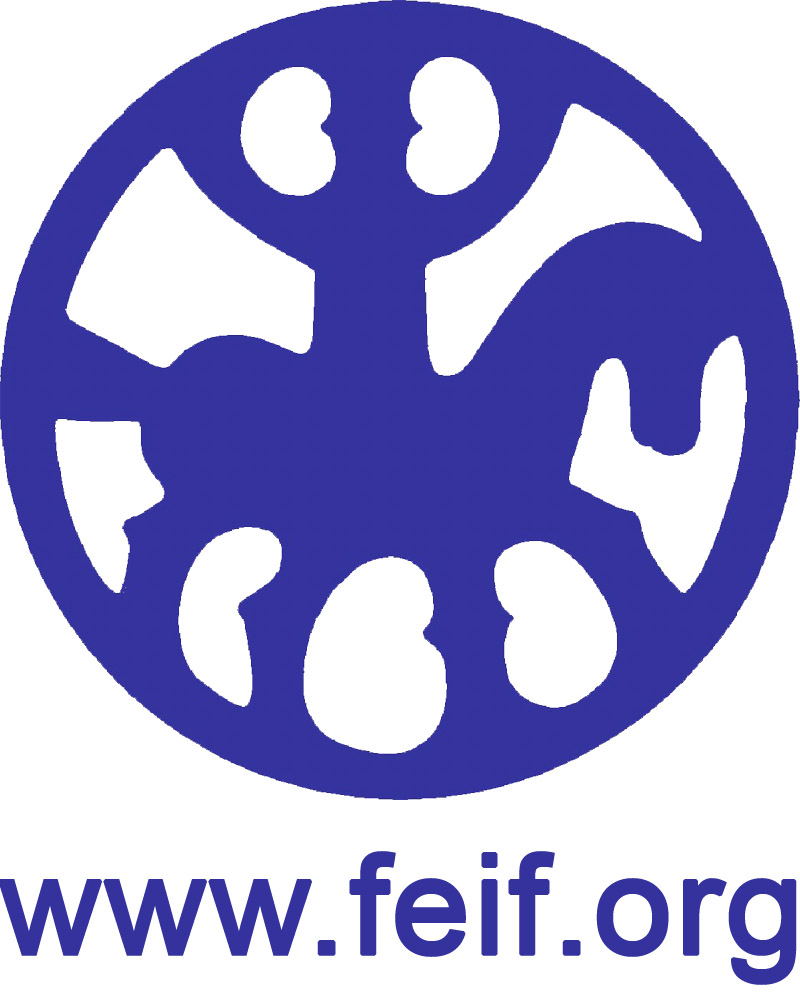
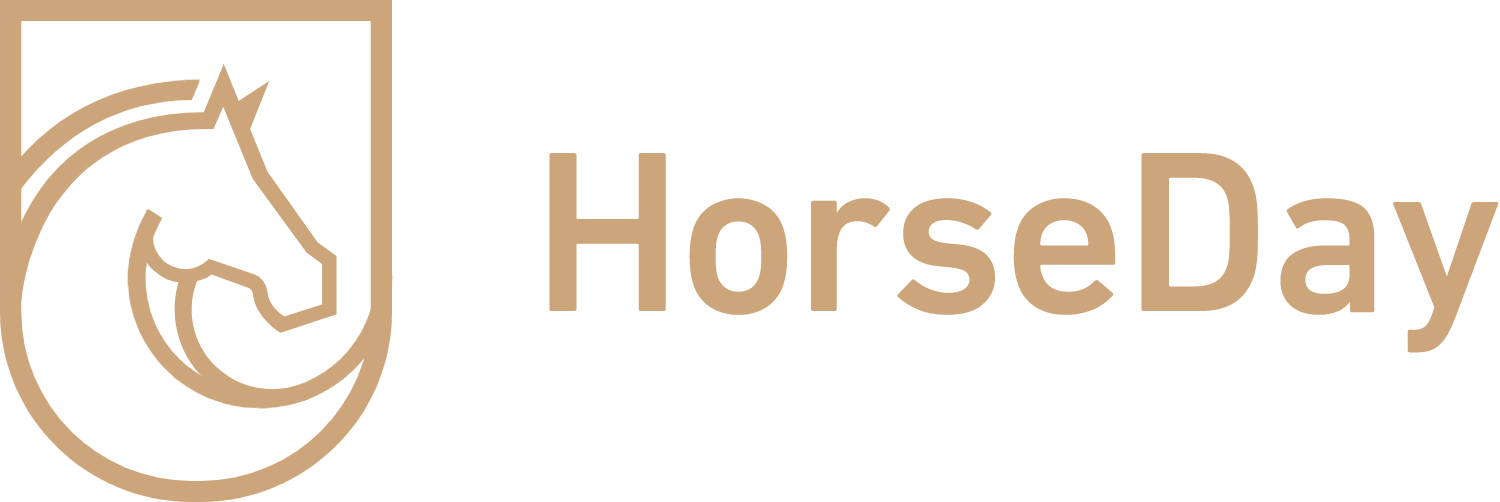
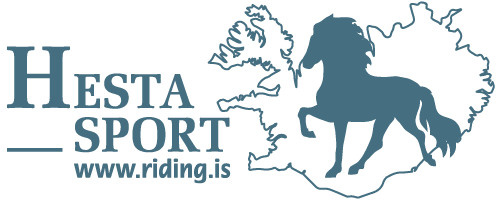

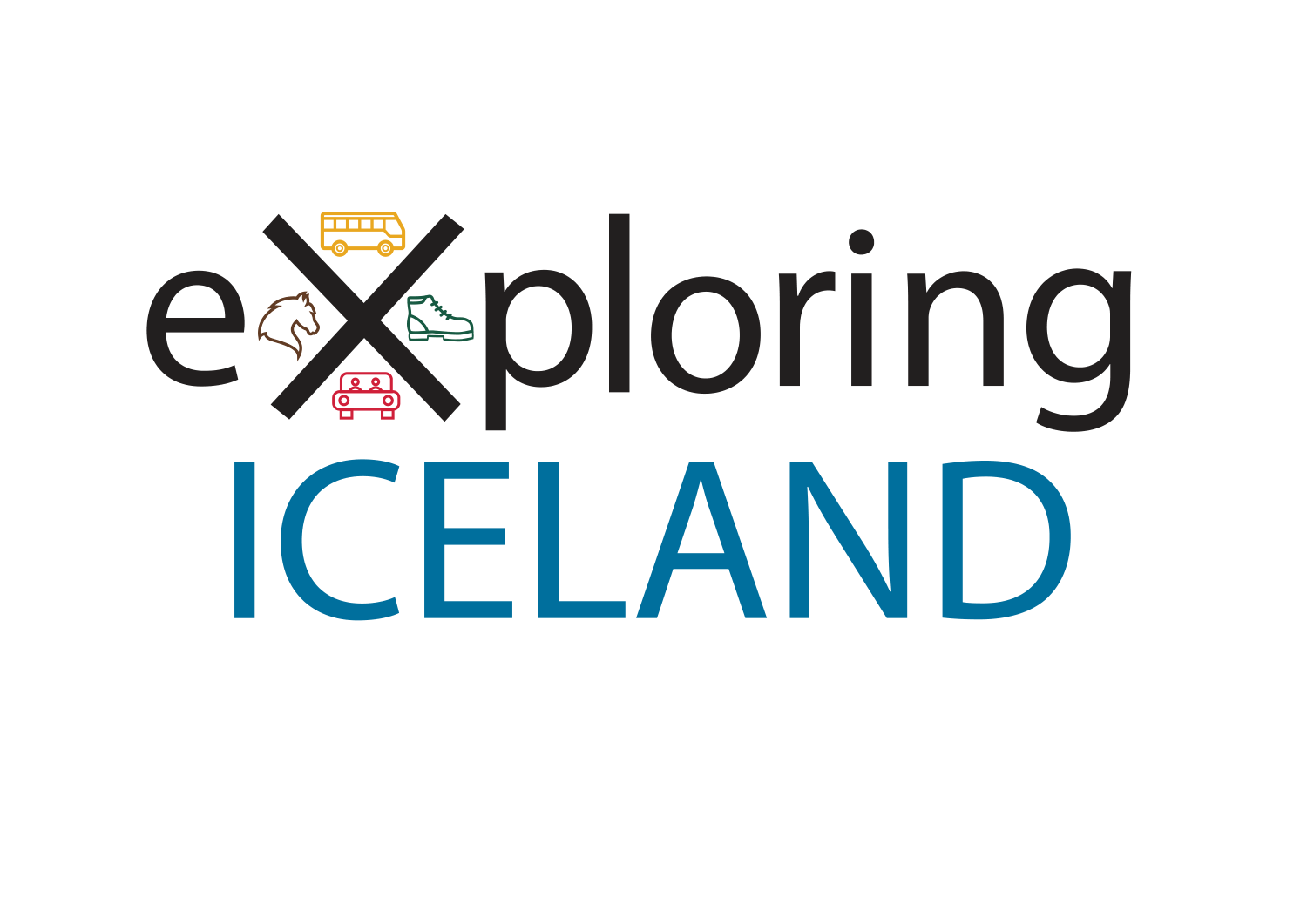
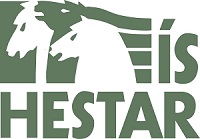
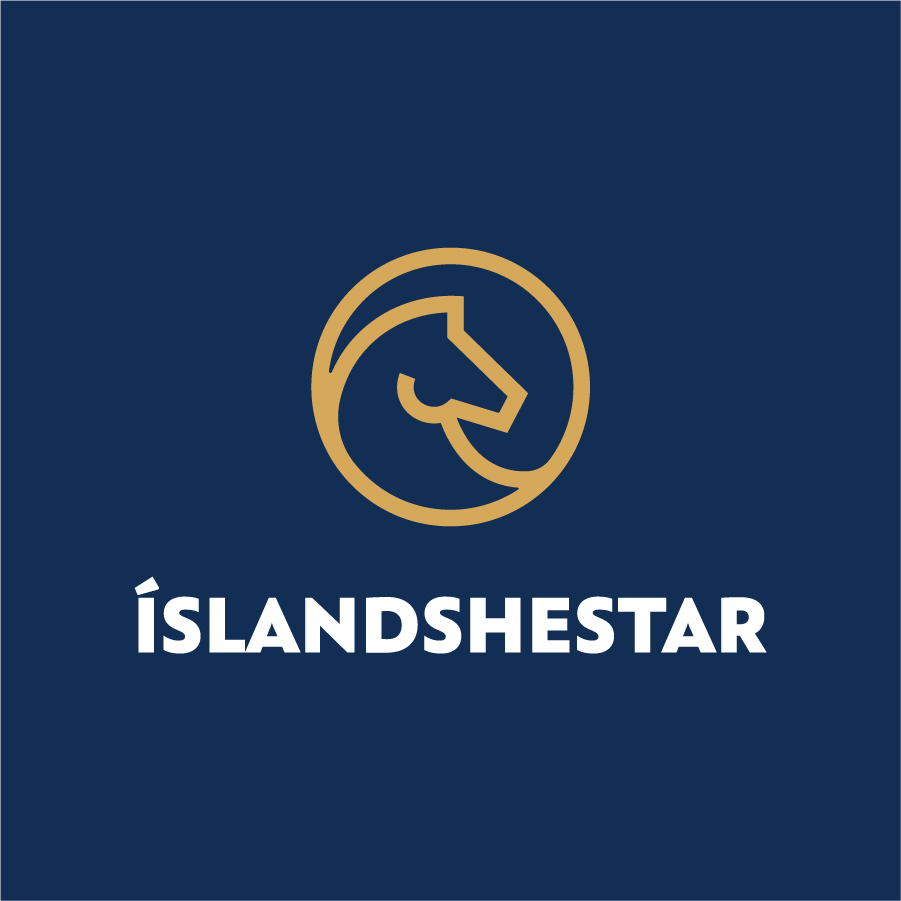
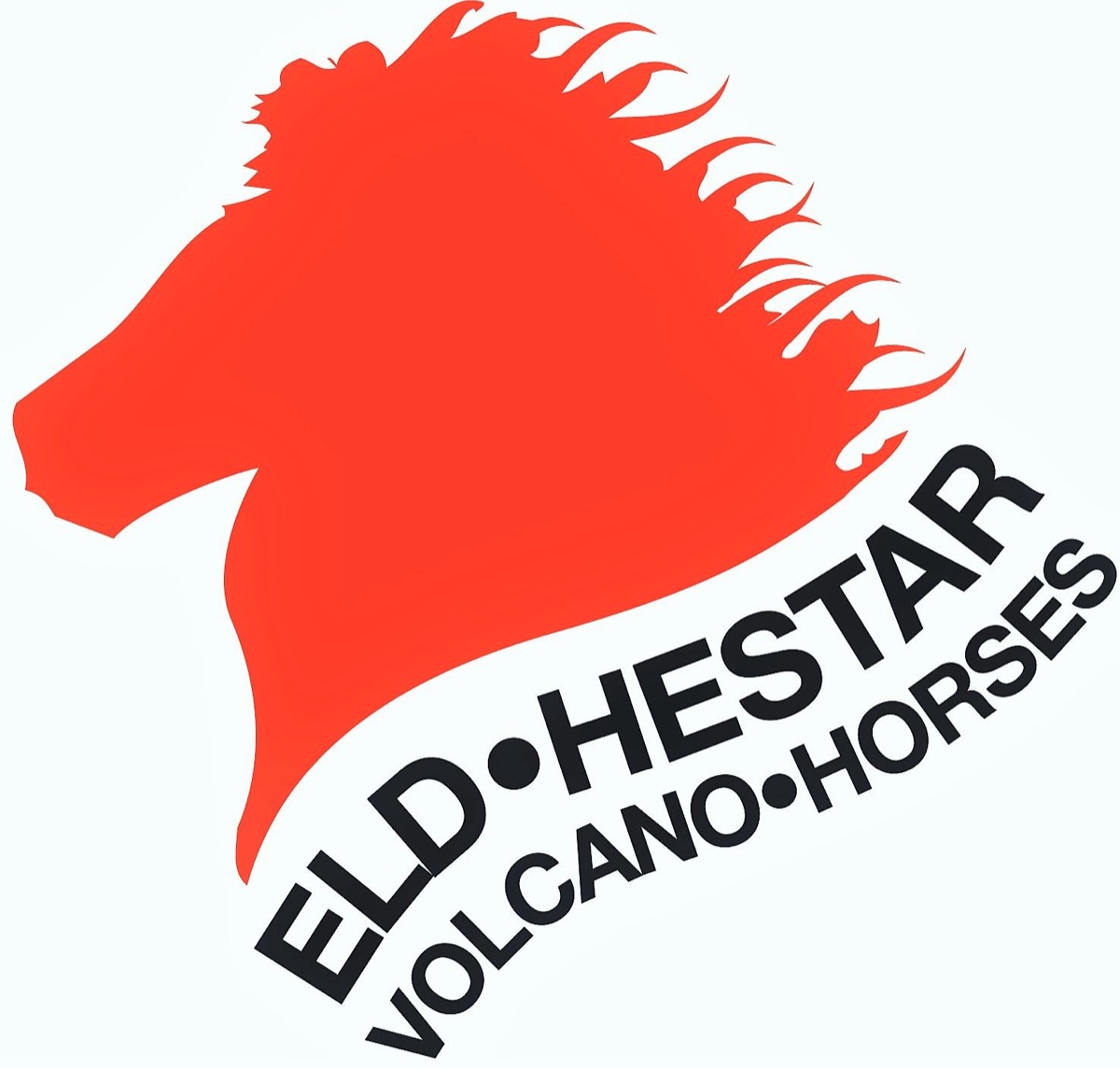
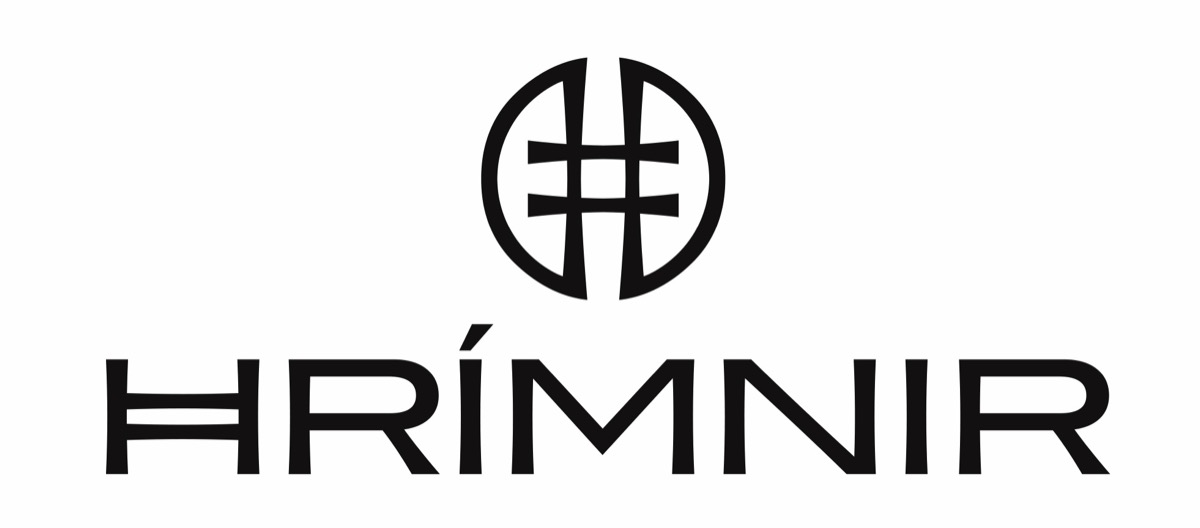

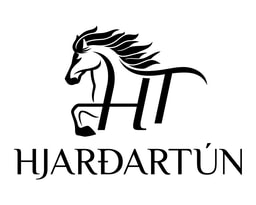
-1.jpg)
